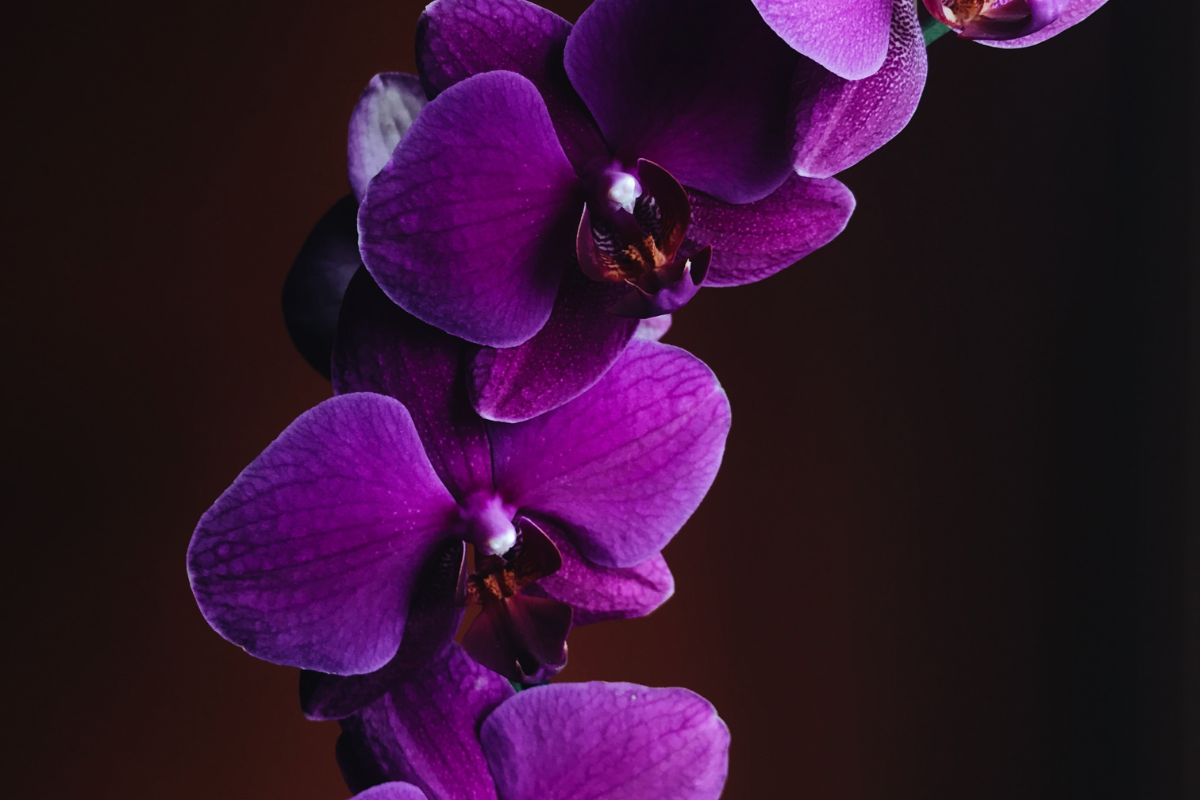Birthdays are more than just cake and candles; they’re an opportunity to celebrate with a bloom that holds a unique significance.
Enter the world of birth flowers, where each month is adorned with a floral companion that goes beyond aesthetics.
In this journey through the garden of birth flowers, let’s uncover the hidden meanings and stories behind these botanical companions.
Birth Flowers: Nature’s Personalized Gift
Flowers have been symbolic throughout history, representing emotions, virtues, and even birth months.
Birth flowers add a personal touch to celebrations, offering a unique connection between the individual and the bloom that graces their birth month.
January – Carnation and Snowdrop: Winter’s Resilient Blooms
January babies are greeted by the resilient carnation and the delicate snowdrop. Carnations symbolize love and admiration, while snowdrops represent hope and beauty in the face of adversity. A fitting start to the floral journey, wouldn’t you say?
February – Violet and Primrose: Symbols of Modesty and Faithfulness
As winter gives way to hints of spring, February brings the violet and primrose.
Violets signify modesty and humility, while primroses symbolize young love and faithfulness.
A delightful duo for the month of love.
March – Daffodil: A Burst of Spring Sunshine
March, the herald of spring, is embraced by the cheerful daffodil.
This bloom represents rebirth and new beginnings, a perfect reflection of the season’s spirit.
The daffodil encourages us to embrace change and welcome the sunshine into our lives.
April – Daisy and Sweet Pea: Innocence and Blissful Pleasure
April showers bring forth the daisy and sweet pea.
Daisies symbolize innocence and purity, while sweet peas represent blissful pleasure.
Together, they paint a picture of the simple joys and the purity of spring.
May – Lily of the Valley and Hawthorn: A Duo of Delicacy
May’s blooms, the lily of the valley and hawthorn, exude delicacy.
Lily of the valley symbolizes sweetness and humility, while hawthorn is associated with hope and supreme happiness.
A charming combination for the month of blooming flowers.
June – Rose and Honeysuckle: Love’s Embrace and Sweetness
June, the month of weddings, is graced by the iconic rose and the fragrant honeysuckle.
Roses, symbols of love, vary in meaning based on their color, while honeysuckle represents sweetness and the bonds of love.
A poetic pairing for the month of unions.
July – Larkspur and Water Lily: Uplifting and Majestic
Larkspur and water lilies take center stage in July.
Larkspurs, with their tall spikes of blooms, symbolize levity and lightness, while water lilies exude majesty and purity.
A floral duo that mirrors the heights of summer.
August – Gladiolus and Poppy: Strength and Imagination
August, bathed in the warmth of summer, features the gladiolus and poppy.
Gladioli convey strength and moral integrity, while poppies symbolize imagination and eternal sleep.
A combination that speaks of both resilience and dreaminess.
September – Aster and Morning Glory: Magical and Enchanting
As summer wanes, September introduces the aster and morning glory.
Asters carry a magical aura, symbolizing love and patience, while morning glories evoke enchantment and the unspoken bond between two people.
A whimsical pairing for the changing season.
October – Marigold and Cosmos: Symbolism of Warmth and Harmony
October’s blooms, the marigold and cosmos, radiate warmth and harmony.
Marigolds symbolize undying love and the warmth of the sun, while cosmos represent order, peace, and serenity.
A comforting embrace as autumn unfolds.
November – Chrysanthemum: A Tapestry of Colors
Chrysanthemums take the stage in November, symbolizing love, friendship, and joy.
As the last burst of autumnal color, chrysanthemums remind us of the beauty in diversity and the richness of life’s experiences.
Conclusion:
In this floral journey, we’ve explored the unique meanings behind each month’s birth flowers.
Beyond mere botanical companions, these blooms carry stories of love, resilience, and the ever-renewing cycle of life.
Birth flowers offer a personalized touch to birthday celebrations, connecting individuals to the natural rhythms of the seasons.
FAQs:
Can I give someone a bouquet of their birth flowers as a birthday gift?
Absolutely! A bouquet featuring the recipient’s birth flowers adds a thoughtful and personalized touch to a birthday gift.
Are there specific colors associated with each month’s birth flowers?
Yes, some birth flowers are associated with specific colors. For example, roses come in various colors, each carrying its own meaning.
Can I plant my birth flower in my garden?
Yes, many birth flowers can be planted in gardens, provided they are suitable for your climate.
It adds a personal touch to your outdoor space.
Can I combine birth flowers from different months in a floral arrangement?
Yes, you can create unique arrangements by combining birth flowers from different months, symbolizing connections and shared meanings.
Do birth flowers have any significance in different cultures?
Yes, many cultures have associated meanings with flowers, and some may have variations in the symbolism of certain blooms.
It’s fascinating to explore the cultural diversity of floral symbolism.

